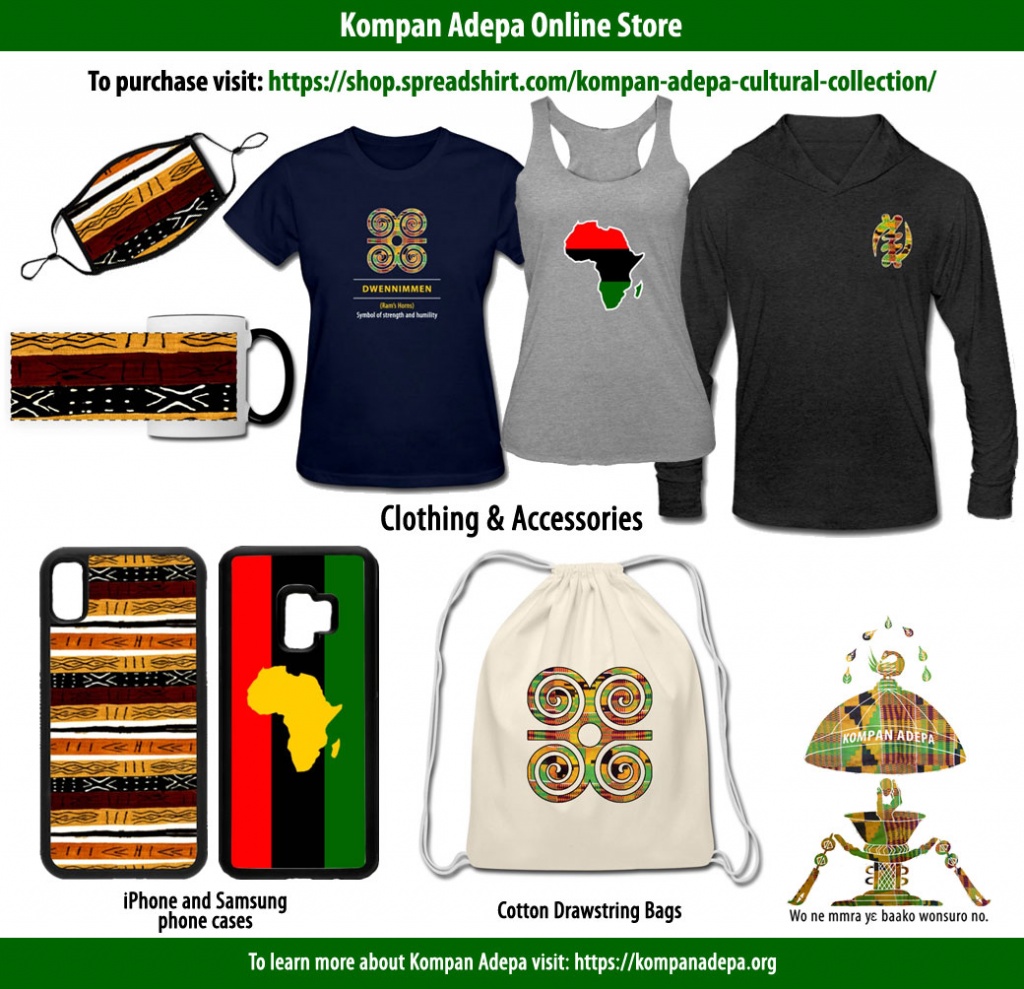Classification of Indigenous Healers
 ƆkɔmfoƆ (s.) akɔfoɔ (pl.): a challenging word to translate into English. The word refer to one who practices Ɔkɔm, which is the pathway to Onyame and can be male or female. ɔkɔm has several connotations which has to do with the ability to penetrate or enter into the spiritual realm in order to communicate with his or her ɔbosom. Another meaning for ɔkɔm is hunger, referring to the Ɔkomfo who must go without food for long period of time as in doing shrine work or when the ɔbosom possesses him or her. Most of the other meaning indicates the skills of the akɔfoɔ in performing the necessary skills in divination, conducting rituals, healing, singing, dancing, knowledge of shrine protocols, taboos, and their ability to know and see hidden things. Most important and point of distinction is the ɔkomfɔ is junior to the ɔbosomfɔ does not have to have the shrine place on the head for possession and therefore can possess his or her ɔbosom anywhere, anytime.
ƆkɔmfoƆ (s.) akɔfoɔ (pl.): a challenging word to translate into English. The word refer to one who practices Ɔkɔm, which is the pathway to Onyame and can be male or female. ɔkɔm has several connotations which has to do with the ability to penetrate or enter into the spiritual realm in order to communicate with his or her ɔbosom. Another meaning for ɔkɔm is hunger, referring to the Ɔkomfo who must go without food for long period of time as in doing shrine work or when the ɔbosom possesses him or her. Most of the other meaning indicates the skills of the akɔfoɔ in performing the necessary skills in divination, conducting rituals, healing, singing, dancing, knowledge of shrine protocols, taboos, and their ability to know and see hidden things. Most important and point of distinction is the ɔkomfɔ is junior to the ɔbosomfɔ does not have to have the shrine place on the head for possession and therefore can possess his or her ɔbosom anywhere, anytime.
Ɔbosomfɔ (s.) abosomfɔ (pl.): is a hereditary healer who can possess the family matrilineal ɔbosom only by having the shrine place upon the head in order to divine. The ɔbosomfoɔ is sedentary, male chosen by the family to perform all functions associated with the ɔbosom. The ɔbosomfoɔ who came first is the senior to all akɔmfoɔ associated with the family, and takes on the responsibility of being the spiritual head. Take note all the that applies to the ɔkɔmfɔ can be stated for the ɔbosomfoɔ and only deviates when it comes to possession.
The Rules of Conducnt for Ɔbosomfoɔ / Ɔkɔmfoɔ (abridged version)
- ƆkƆm is created by Odomakoma and all things associated with it is good
- Ɔbosomfoɔ / ɔkɔmfoɔ serves the abosom for the good of the family and community
- Obeys all the will and taboos of the abosom
- Never uses the abosom to harm others
- Never marries another Ɔkɔmfoɔ
- Is always very respectful
- Never lies or try deceive others for personal gain
- Never keeps ill thoughts or feelings in the heart
- Never does ɔkɔm solely for money
- No one is allowed to walk behind the back of an ɔbosomfoɔ / ɔkɔmfoɔ while he or she is eating
- Taboos seeing specific images and hearing specific words and sounds while eating
Odunsini (s.) nnunsifɔ(pl.): are traditional healers who work with herbs, roots, and different parts of plants. They are not ɔkɔmfoɔ healers for the do not possess, but may work with nsuman. When all the trees were given names the odum tree asked all the others to add its name to theirs, but this they would not agree to. Later on, however, as the trees found themselves cut down for firewood, building, etc., etc., while the odum still stood untouched and even reverenced, it seems that they, when too late, took its name, i.e. dunsin = odum, the odum tree, and sin = a piece or fragment.
Click on the links below to view the photo and bios of some indigenous healers:

